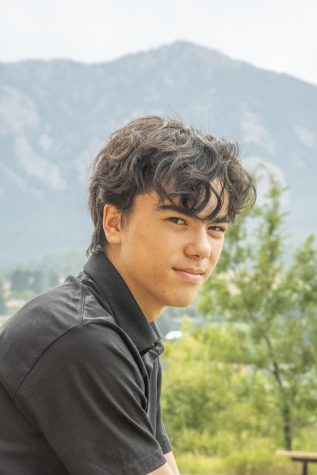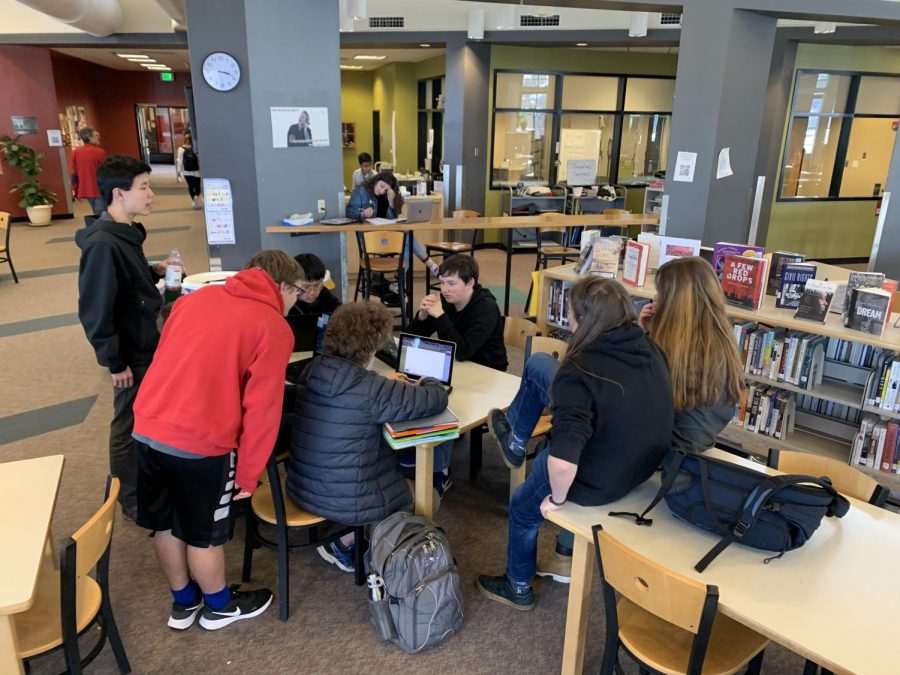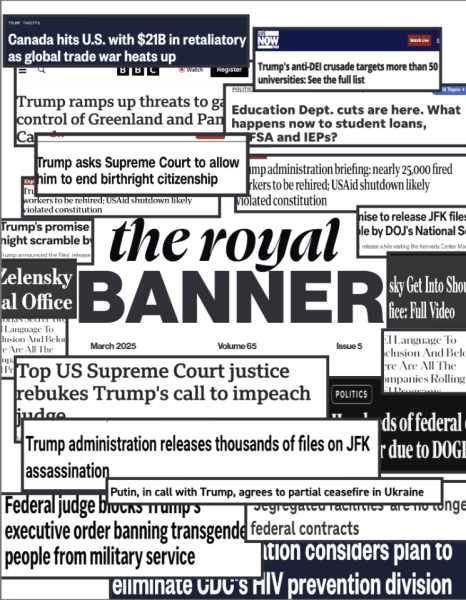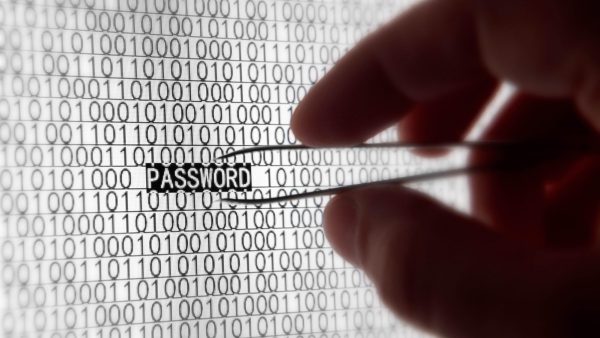It’s Not Science Fiction – The Science Fair
Students hard at work on their science fair projects.
Today was the science fair, and our STEM strong school had projects aplenty to present. Students here are competitive, and a quarter of the participants came from Fairview at the regional event at CU. Students presented an array of impressive and thoughtful projects.
Leo Ge, a sophomore, wrote a program that will translate languages based on probability maps in order to get a more grammatically accurate sentence structure.
“It’s using a special type of probability model to order the words from English to Chinese, but hypothetically could be used on a wider basis. It’s using a different method of translation as Google Translate which is a deep learning based translator whereas this is statistical which it uses a bunch of training data and gathers information about the training data instead of being just a neural network that learns on its own,” said Ge. “The concept has existed for a long time, but I’m doing something unique with it. First of all, I’m using a specific type of probability models for the structure instead of word to word direct probabilities, which is the most common use I’ve seen. And generally I feel like this is an understudied for my research.”
Sophomore Mark Reamon did a theoretical investigation of the implications of plasma wakefield acceleration, which is a new theoretical idea that investigates the use of plasma in order to generate the fields that accelerate the particles to high speed.
“So I’m basically looking into the theory and math behind it, and hopefully in the future I can do experimental investigation of some aspect of how it works. The theory behind it has been around since the 1980s, but it was only proposed then and had not been taken really seriously for quite a while. So more recently there have been some actual experimental ideas behind it and proof of concept in Cern and Stanford labs that have begun to demonstrate that in practice it actually does work. It’s just using the electromagnetic forces in an ionized gas to accelerate particles,” said Reamon. “I’m hoping to get either some data to analyze or do some experiments at the laser facility at CU that you can do some proof of concepts with, but I need to get in contact with those people first. But for the time being I’m just doing a theoretical investigation.”
Bodhi Rubinstein, a sophomore, made a meta analysis of cerebral organoids with oligodendrocytes.
“Cerebral organoids are basically grown from induced pluripotent stem cells, where you can take a skin cell, or some other kind of cell from anywhere in the body, and you can reprogram those cells so that they go back to a stem cell state, and then you can program them to grow them into whatever kind of cell you want,” said Rubinstein. “And in my case, I’m studying cerebral organoids, which are that can cells grow into a full organ depending on what you need, and I’m doing a meta analysis of all the different papers regarding cerebral organoids, and where these myelination cells called oligodendrocytes show up, where they are, how many of them there are, and how it’s comparable to an actual human brain.”
Junior Sam Haggans created a program to find a moving target using drones in the most efficient way.
“So essentially what I’m developing is a simulation [where] if you have a target that is moving around, it could be an animal, and then a drone trying to track it, what’s the best, fastest, most efficient algorithm to find that target in the minimal amount of time, with just the one drone, instead of having three,” said Haggans. “I’ve been talking with my mentor, and we could at some point actually test it out, but not before the science fair. And also, there are no risks with a simulation unlike having a drone in the air that could hit you. So what I’m basically going to try out a bunch of methods with slight variations of an algorithm, and then I’m going to present my findings for them.”
Sophomore Edward Wawrzynek wrote a compiler that can convert code from one language into another.
“So, with computers, in order to execute code, they can only run what’s called machine code, which is binary, and that’s not very easy for humans to write, so humans have come up with higher level programming languages that humans can read and write. And so compilers are tools that take those languages and convert them into machine code. So, it just makes it easier for us to program computers,” said Wawrzynek. “And my compiler in particular has properties that others’ don’t. My compiler is actually able to convert between multiple languages and convert them to machine code and to each other.”
Your donation will support the student journalists of Fairview High School - CO. Your contribution will allow us to purchase equipment and cover our annual website hosting costs.

Second year on the Royal Banner staff. Max likes to play pinball and Atari. He cannot wait for the pandemic to end so that he can return to the arcade.







